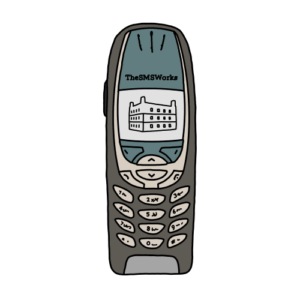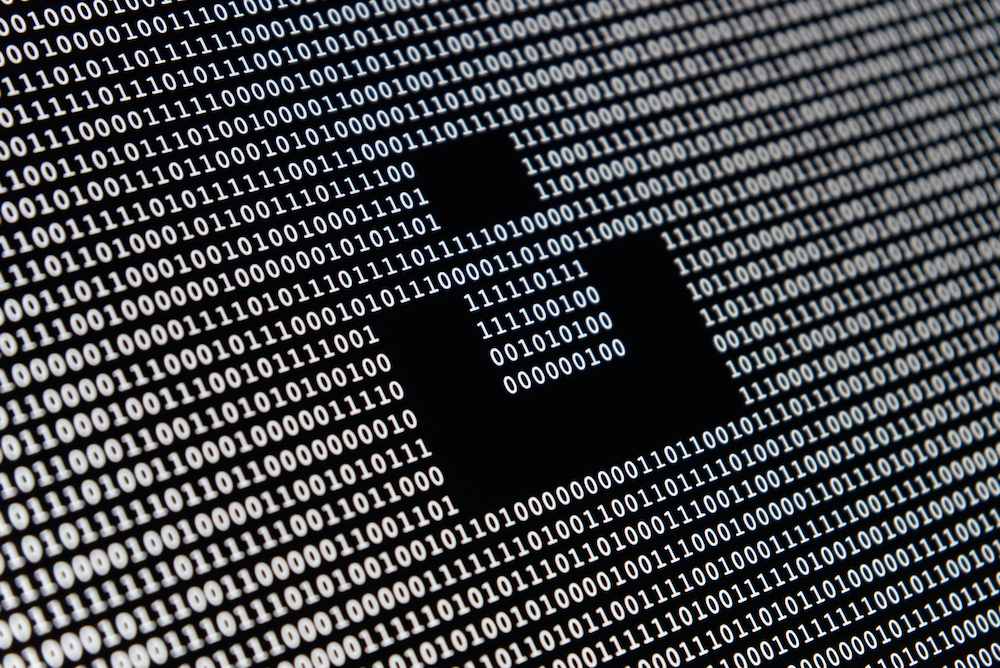What is a binary SMS message?
A binary SMS message is a type of text message that allows the transmission of non-text data or content beyond the traditional character limit of standard SMS messages.
While regular SMS messages are limited to 160 characters, binary SMS messages can carry a variety of data types, such as images, ringtones, animations, or any other type of binary data.
Binary SMS messages are created using the binary protocol for SMS communication, which allows the sender to encode and transmit binary data within the message. With us so far?
The data is typically encoded using hexadecimal or binary formats and is then sent to the recipient’s mobile device.
Once received, the recipient’s device can decode and interpret the binary data to display the intended content, such as an image or a sound.
What are the three types of SMS?
The three types of SMS are:
- Standard SMS : (Also known as text messages.) Standard SMS allows the transmission of text-based messages up to a maximum of 160 characters. This is the most common type of SMS used for communication between mobile devices.
- Binary SMS: Binary SMS messages enable the transmission of non-textual data or content beyond the character limit of standard SMS.
- Flash SMS : Flash SMS is a type of SMS that appears directly on the recipient’s screen without being saved to the inbox. They are typically used for urgent or important messages that require immediate attention.
Flash SMS messages are not stored on the device and are displayed only until the recipient dismisses them. (Flash SMS is deeply unpopular and almost no one uses it.)
These three types of SMS serve different purposes and offer different functionalities, allowing for a range of communication options based on the content and urgency of the message.

What is the difference between SMS and binary SMS?
The key differences between SMS and binary SMS are:
- Content: SMS carries only plain text messages, while binary SMS can carry any type of binary content.
- Character Limit: SMS has a character limit of 160 characters, whereas binary SMS allows for larger data payloads, depending on the capabilities and restrictions of the specific network and devices involved.
- Encoding: SMS messages use character encoding (GSM 7-bit or UCS-2) to represent text, while binary SMS uses binary or hexadecimal encoding to represent non-textual data.
Where are binary SMS messages used?
Binary SMS messages are used in various applications and scenarios where the transmission of non-textual data or content is required.
Here are some common use cases for binary SMS:
- Mobile Marketing: Binary SMS is utilized in mobile marketing campaigns to deliver multimedia content such as images, logos, or audio files to promote products, services, or events. These messages can capture recipients’ attention with visually appealing or engaging content.
- Mobile Content Delivery: Binary SMS is used to distribute mobile content, such as wallpapers, ringtones, or games, directly to mobile devices. The binary SMS carries the necessary data for users to download and access the desired content.
- Mobile Ticketing: Binary SMS can be employed in mobile ticketing systems, where tickets or boarding passes with QR codes or barcodes are delivered to users’ phones as binary messages. These tickets can be scanned for entry or verification purposes.
- Mobile Banking and Financial Services: Binary SMS messages can be used to deliver authentication codes or transaction alerts that require a higher level of security. These messages may contain one-time passwords (OTPs), secure tokens, or encrypted information.
- Machine-to-Machine (M2M) Communication: Binary SMS can be utilized for machine-to-machine communication, where data beyond plain text is exchanged between devices or systems. This can include data from sensors, remote monitoring systems, or other M2M applications.
- Interactive Services: Binary SMS allows for interactive services where users can respond to prompts or interact with content using their mobile devices. This can include voting, surveys, quizzes, or interactive campaigns where users can participate by sending specific binary-encoded responses.
These are just a few examples of the applications where binary SMS messages are used. The flexibility of binary SMS enables the transmission of rich content and non-textual data within the limitations of SMS communication, expanding the possibilities for engaging and interactive mobile experiences.

How do I send binary SMS messages?
To send binary SMS messages as a developer, the specific implementation may vary depending on the programming language and the platform or service you are using.
However, I can provide a general outline of the steps involved in sending binary SMS messages programmatically:
- Choose an SMS Gateway Provider: Select an SMS gateway provider that supports sending binary SMS messages. Ensure that the provider offers an API (Application Programming Interface) for integrating their services into your application. (Please note that The SMS Works does not currently support binary SMS.)
- Register and Obtain API Credentials: Sign up for an account with the SMS gateway provider and obtain the necessary API credentials, such as an API key or authentication token, to authenticate your requests.
- Set Up Your Development Environment: Set up your development environment with the required tools and libraries for your chosen programming language.
- Connect to the SMS Gateway API: Use the provided API documentation and libraries to establish a connection to the SMS gateway API using your API credentials. This typically involves making HTTP requests to the API endpoints provided by the gateway provider.
- Construct the Binary SMS Message: Encode your non-textual data, such as images, sounds, or other binary content, into the appropriate binary format specified by the SMS gateway provider. This can involve converting the data into hexadecimal or binary representation, depending on the requirements of the API.
- Send the Binary SMS Message: Use the API endpoint or method provided by the SMS gateway to send the binary SMS message. This may include specifying the recipient’s phone number, the binary content, and any other required parameters.
- Handle the Response: Capture and handle the response returned by the API to determine if the message was sent successfully or if any errors occurred during the process. This allows you to handle any exceptions or take appropriate actions based on the response.
- Test and Iterate: Test your implementation thoroughly to ensure the proper encoding and sending of binary SMS messages. Iterate and refine your code as needed to address any issues or improve performance.
Remember to consult the documentation and resources provided by your chosen SMS gateway provider for detailed instructions and code samples specific to their API.
Binary SMS messages, What’s the point?
To find out if Binary SMS is right for you, here’s our list of advantages and disadvantages:
|
Advantages: |
Disadvantages: |
|
Content Richness: |
Limited Data Size: |
|
Extended Message Length: Standard SMS messages are limited to 160 characters per message. Binary SMS messages, however, can carry larger data payloads, depending on the capabilities and restrictions of the specific network and devices involved. This allows for the transmission of more extensive content without breaking it into multiple separate messages. |
Security Issues: |
|
Interactive Capabilities: |
Encoding Complexity: |
|
Versatility: |
Lack of Universal Standard: |
|
Compatibility: |
Reduced Accessibility for Basic Phones: |
|
Cost-effectiveness: |
Delivery Confirmation Challenges: |
Binary SMS has some significant security concerns that were highlighted in detail by Alisa Esage G.
Commenting on its weakness and how fraudsters can exploit it, she said

“They can send remote command SMS messages to trigger and interact with hidden applications on their devices without the user’s consent.”
Wrapping up
Binary SMS has enabled communication by allowing the transmission of non-textual data and supporting a wide range of applications.
With its ability to handle complex information and facilitate real-time data exchange, binary SMS has become a useful tool for a number of SMS applications.

